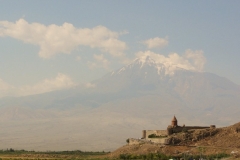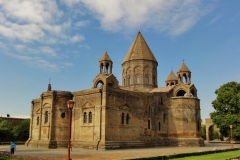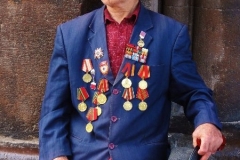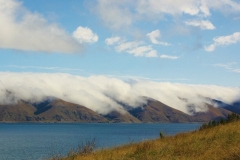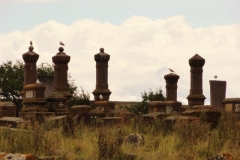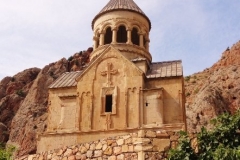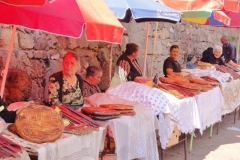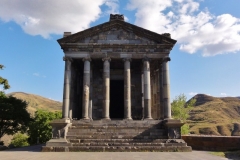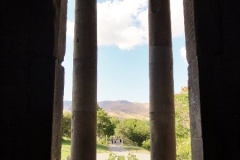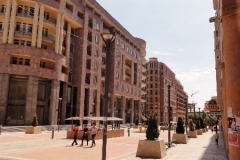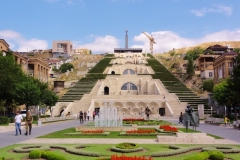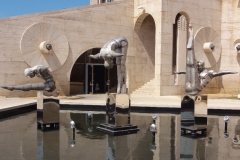Armenia
Land of Mountains and Monasteries
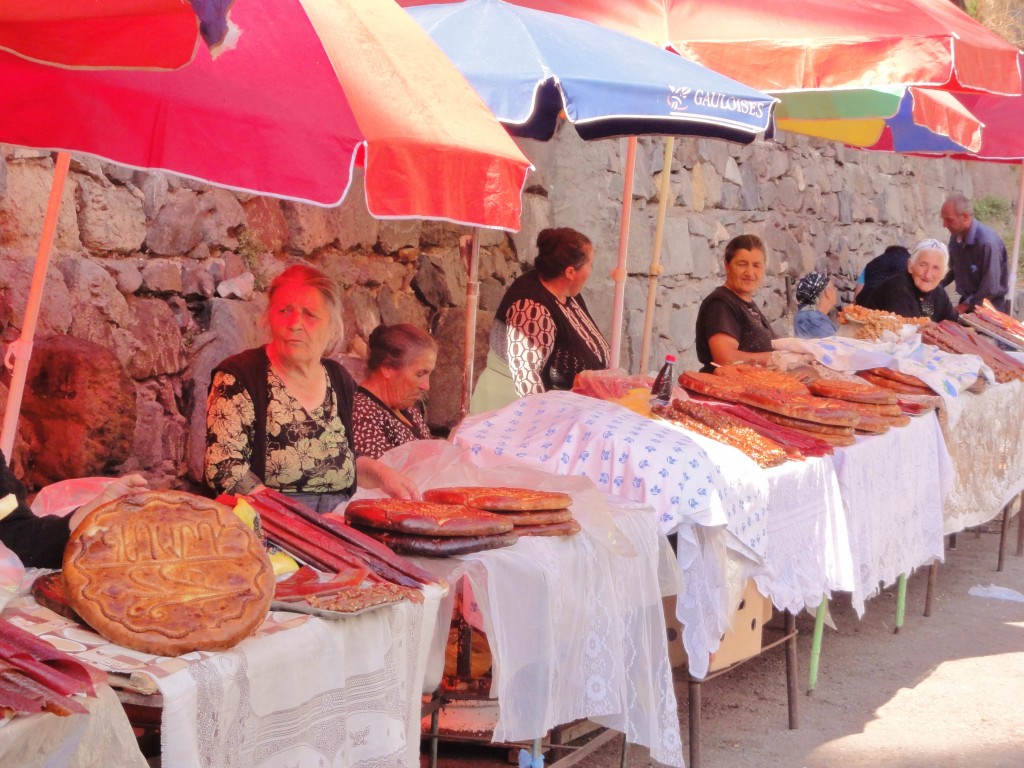
Armenia – or Hayastan to give it its Armenian name – is a small, landlocked country in the South Caucasus, a mountainous territory between the Black Sea and the Caspian Sea. Lying at the eastern most boundary of Europe, the region is a strategic crossroads linking the ‘Old Continent’ with Asia.
Over the centuries, Armenia has been invaded by Assyrians, Greeks, Romans, Arabs, Persians, Ottomans and Russians, a legacy which has left the country with both a rich cultural heritage and its own share of upheavals and tragedy. Armenia shares the region between the two seas with Georgia, Azerbaijan and Nagorno-Karabach. To the south, lie its much larger neighbours Turkey and Iran.
Click on the pictures below for a description of each place.
In 301 AD, the Kingdom of Armenia became the first country to adopt Christianity as its official religion. The spiritual centre of the Armenian Apostolic Church is Holy Echmiadzin, some 20km south of the capital Yerevan. It is to Armenians what the Vatican is to Catholics. The Armenian Apostolic Church carries out animal sacrifices as part of religious ceremonies.
For many years, Armenia was under the sway of the Caliph and the Ottoman Empire. In 1828, the part of it corresponding to today’s Armenia came under Russian rule but many Armenians still lived in the Ottoman Empire. Between 1915-23, an estimated 1.5 million of them died in what is known as the Armenian genocide. After the fall of the Tsar, the Armenian territory in what had been the Russian Empire became part of the Soviet Union, until finally gaining independence in 1991.
Armenia is a land of churches and monasteries. Built in stone, their architectural style is particular to the country: pointed domes sit atop a cylindrical or octagonal ‘drum’ and often the churches are higher than they are long. These sturdy structures dot the rugged landscape, nestled in steep valleys, perched on hilltops.
For Armenians, Mount Ararat is a national symbol. Rising over 5,000m, this dormant volcano lies just over the border in Turkey, but its impressive beauty can still be admired from the Armenian side. It is on this mountain where, according to the Bible, Noah’s ark came to rest as the waters of the great flood receded. A piece of wood, said to be a fragment of the ark, is on display in Mayr Tachar, the main cathedral at Echmiadzin.
Yerevan, the capital, traces its origins to 782 BC when a fortress was built there. Much of the Tsarist city was rebuilt in the Soviet era, while today further changes are afoot with flash modern buildings transforming parts of the city centre.
Armenia is popular with Iranian tourists who do not need a visa and enjoy Yerevan’s comparatively liberal atmosphere. In the evenings, people stroll through the streets and boulevards in much the same way as they do in Spain or Italy, while others sit and chat outside the many cafés. One thing that can be quite a challenge for the visitor is the Armenian language which has its own 38-letter alphabet.
I am interested in archaeology and history, so a visit to the recently renovated State Museum of Armenian History on Hanrapetutyan Hraparak – Yerevan’s main square – was a must. I was treated to a three-hour one-on-one guided tour with the head archaeologist, an extremely knowledgeable woman with a real passion for the country’s 6000 year history. A friend put me in touch with two Armenians – Levon and Hovik – who kindly showed me round Yerevan and made my trip particularly enjoyable. Throughout the country, I was struck by how friendly and helpful all the people were.
RETURN

